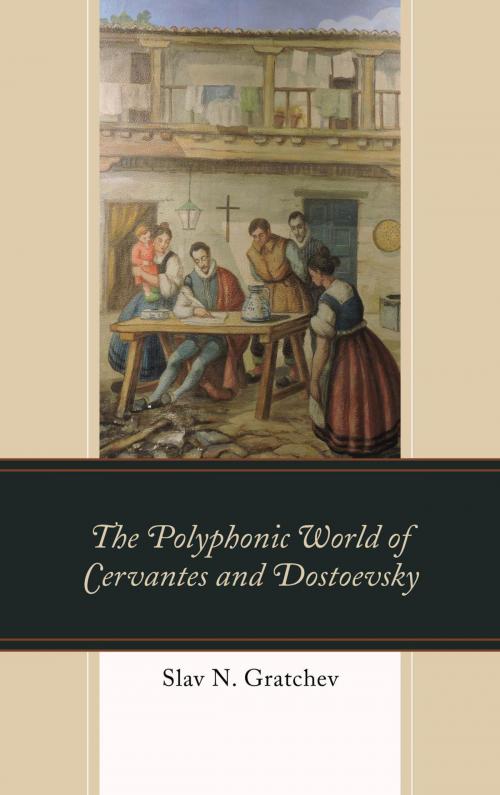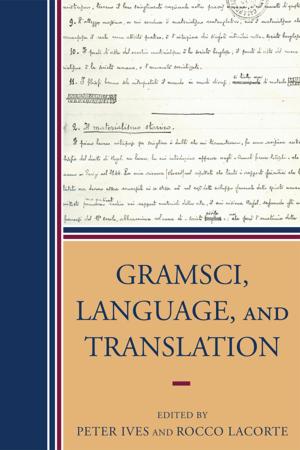The Polyphonic World of Cervantes and Dostoevsky
Fiction & Literature, Literary Theory & Criticism, European, Spanish & Portuguese, Nonfiction, Reference & Language, Foreign Languages, Spanish| Author: | Slav N. Gratchev | ISBN: | 9781498565547 |
| Publisher: | Lexington Books | Publication: | December 6, 2017 |
| Imprint: | Lexington Books | Language: | English |
| Author: | Slav N. Gratchev |
| ISBN: | 9781498565547 |
| Publisher: | Lexington Books |
| Publication: | December 6, 2017 |
| Imprint: | Lexington Books |
| Language: | English |
This book is the first scholarly attempt to examine Don Quixote from the angle of dialogism and polyphony. To begin with, although Mikhail Bakhtin considered Dostoevsky the “creator of a polyphonic novel,” we believe that the first elements of polyphony can be observed in Cervantes’ Don Quixote. A preliminary objective will therefore be to articulate, without reducing the role of Dostoevsky in the creation of the polyphonic novel and relying on Bakhtin’s interpretation of polyphony, heteroglossia, and multivoicedness, that the polyphonic structure appeared and evolved to a state of relative maturity centuries before Dostoevsky. The book will subsequently explore how and why the polyphonic structure was born within the classic monophonic structure of Don Quixote, the ways in which this new structure positioned itself in relation to the classic monophonic one, and what relations it may be said to have established with it resulting in a unique amalgam—the hybrid semi-polyphonic novel. An overarching concern throughout the project will be to trace Cervantes’ search for new and more sophisticated expressive possibilities that the old, monophonic narration could not offer, while also shedding light on how Cervantes systematically and deliberately employed polyphonic structure in Don Quixote.
This book is the first scholarly attempt to examine Don Quixote from the angle of dialogism and polyphony. To begin with, although Mikhail Bakhtin considered Dostoevsky the “creator of a polyphonic novel,” we believe that the first elements of polyphony can be observed in Cervantes’ Don Quixote. A preliminary objective will therefore be to articulate, without reducing the role of Dostoevsky in the creation of the polyphonic novel and relying on Bakhtin’s interpretation of polyphony, heteroglossia, and multivoicedness, that the polyphonic structure appeared and evolved to a state of relative maturity centuries before Dostoevsky. The book will subsequently explore how and why the polyphonic structure was born within the classic monophonic structure of Don Quixote, the ways in which this new structure positioned itself in relation to the classic monophonic one, and what relations it may be said to have established with it resulting in a unique amalgam—the hybrid semi-polyphonic novel. An overarching concern throughout the project will be to trace Cervantes’ search for new and more sophisticated expressive possibilities that the old, monophonic narration could not offer, while also shedding light on how Cervantes systematically and deliberately employed polyphonic structure in Don Quixote.















